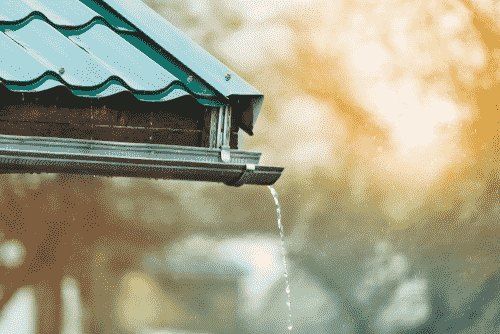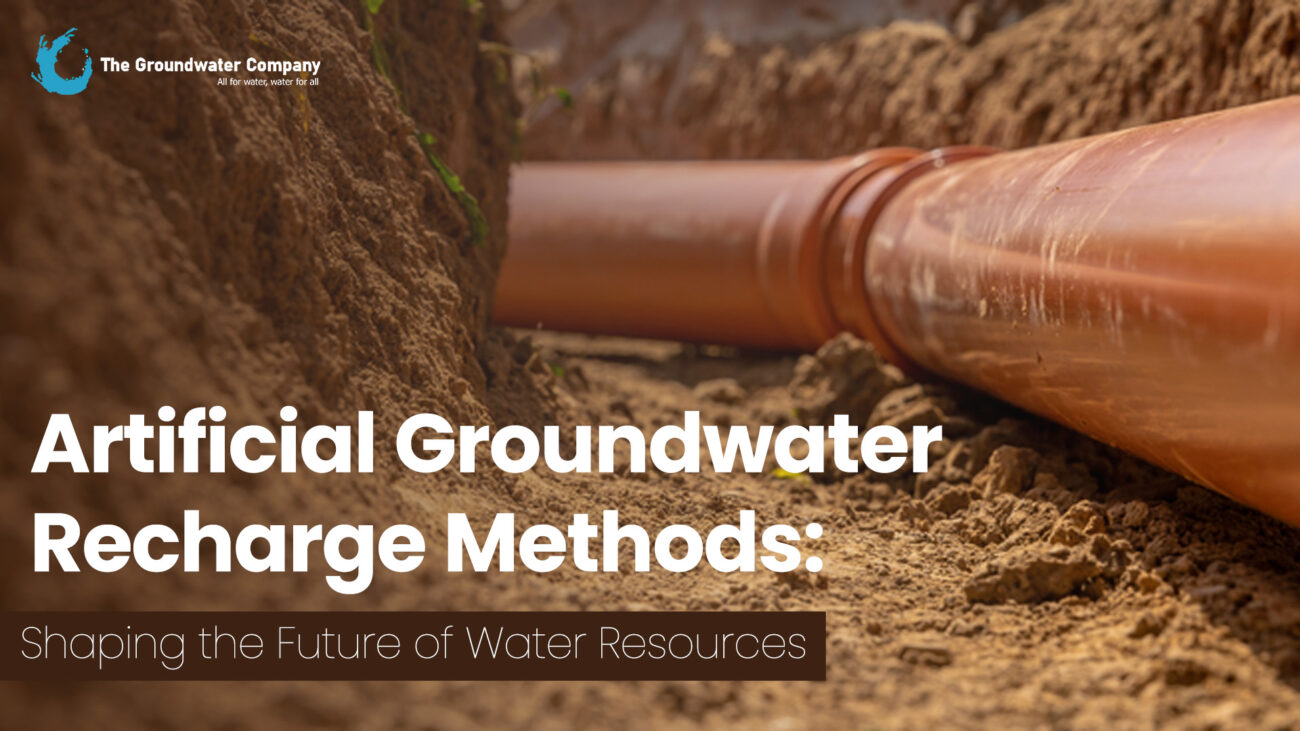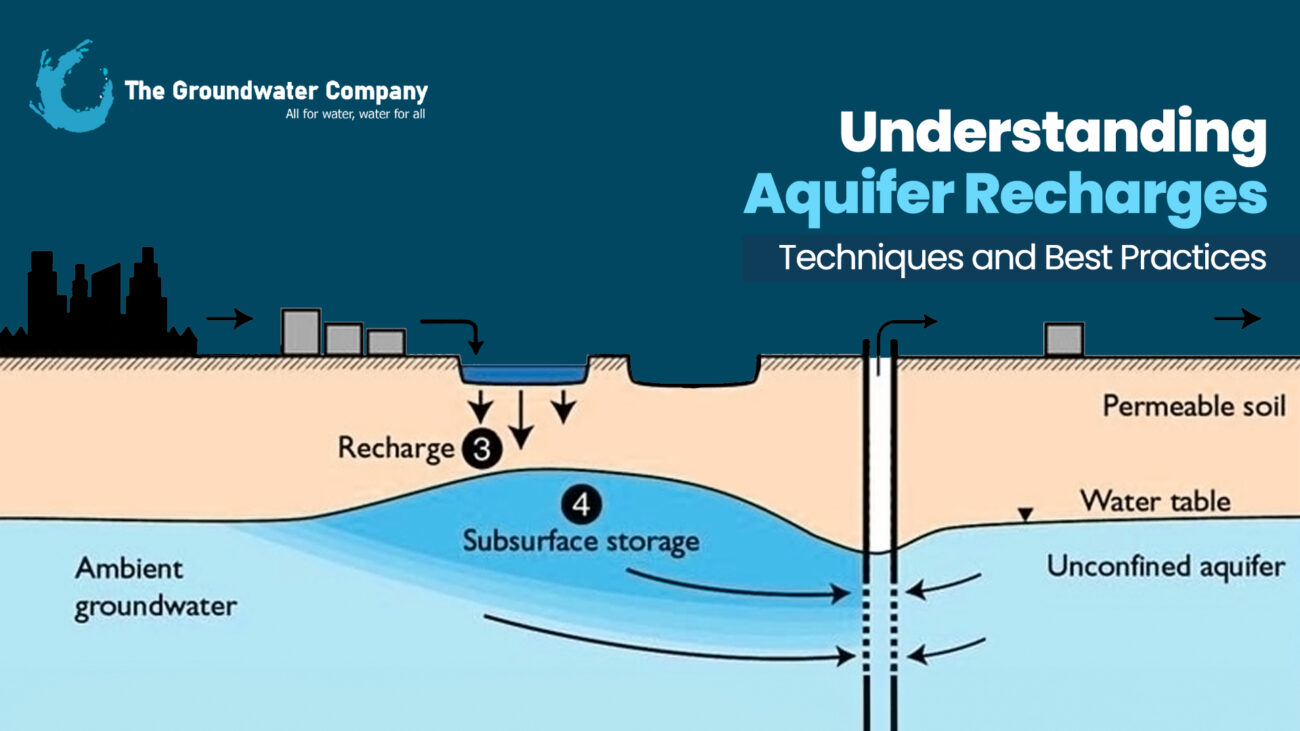A Sustainable Path to Water Security
Introduction
Water harvesting in India has always been an essential part of its civilization. Rainwater Harvesting in India has deep historical roots from the stepwells of Gujarat to the temple tanks of Tamil Nadu, communities across the nation once built innovative systems to collect and conserve rainwater. These traditional structures were not only functional but also stood as cultural symbols of reverence for nature’s most precious resource.
Fast forward to today, and the importance of rainwater harvesting has only increased. With rapid urbanization, population growth, and the commercial rain water harvesting growing threat of climate change, India is facing a water crisis. According to estimates, nearly 600 million people in India face high to extreme water stress, and cities like Chennai and Bengaluru have already witnessed severe shortages. rainwater harvesting services against this backdrop, reviving and expanding the practice of rainwater harvesting is both urgent and necessary. According to estimates, nearly 600 million people in India face high to extreme water stress, and cities like Chennai and Bengaluru have already witnessed severe shortages. In response to this growing crisis, rainwater harvesting services have become essential for ensuring sustainable water availability. As a leading rainwater harvesting company, The Ground Water Company provides end-to-end solutions from commercial rain water harvesting systems to residential recharge structures. Our expertise as a rain water harvesting service provider includes designing and executing rainwater collection system installation projects that help communities, industries, and institutions conserve water, recharge aquifers, and build long-term resilience against drought and scarcity.
What Is Rainwater Harvesting?
Rainwater harvesting is the process of collecting and storing rainwater from rooftops, open fields, or paved surfaces, either for direct use or for recharging groundwater. Proper rain water harvesting maintenance is essential to ensure systems function efficiently and continue providing safe water for domestic, agricultural, or industrial purposes. Regular rainwater harvesting maintenance helps prevent blockages, contamination, and structural damage, maximizing the benefits of harvested rainwater.
There are two primary approaches:
-
Surface Runoff Harvesting: Collecting rainwater from open spaces and directing it into tanks, ponds, or reservoirs.
-
Rooftop Rainwater Harvesting: Channeling rooftop rainwater through gutters and filters into storage tanks or recharge pits.
Additionally, several structures are used to enhance percolation and storage:
-
Percolation Trenches: Shallow, gravel-filled channels that capture rainwater and allow it to naturally infiltrate the ground, replenishing groundwater reserves.
-
Check Dams: Small barriers built across seasonal streams to slow water flow, prevent soil erosion, and store rainwater for use during dry periods.
Why Rainwater Harvesting Matters
Here’s why it’s vital:
1. Reduces Pressure on Groundwater
Over 85% of rural drinking water and 60% of irrigation in India comes from groundwater. Harvesting rainwater recharges aquifers, helping restore balance and prevent over-extraction.
2. Prevents Urban Flooding
Cities like Mumbai, Delhi, and Chennai face severe waterlogging every monsoon due to unplanned urban growth. Harvesting systems reduce surface runoff, easing pressure on drainage networks and lowering flood risks.
3. Improves Groundwater Quality
As harvested rainwater infiltrates through soil layers, it naturally filters impurities, diluting existing contaminants and improving groundwater quality.
4. Supports Agriculture
For farmers in drought-prone regions, harvested rainwater provides a dependable irrigation source, reducing crop losses and stabilizing rural livelihoods.
5. Offers a Cost-Effective and Sustainable Solution
Compared to large-scale water infrastructure, rainwater harvesting requires low investment and minimal maintenance while providing long-term economic and environmental benefits.
Modern Methods of Rainwater Harvesting
While traditional methods continue to inspire, modern rainwater harvesting systems have become more structured, efficient, and technology-driven. These techniques combine scientific design with sustainable engineering to maximize water conservation.
1. Rooftop Harvesting Systems
Rainwater from rooftops is collected through pipes, passed through filters, and stored in underground or overground tanks for domestic or industrial use. Excess water is directed to recharge pits to replenish groundwater.
2. Recharge Wells and Shafts
These are deep structures designed to channel clean rainwater directly into aquifers. They are particularly effective in urban areas where natural percolation is limited due to concrete surfaces.
3. Check Dams and Percolation Tanks
Small barriers constructed across seasonal rivers and streams to retain runoff, allowing slow percolation into the soil. They also support nearby vegetation and recharge wells.
4. Recharge Trenches and Pits
Linear structures built along roads or open grounds to collect stormwater. Filled with gravel and coarse sand, they facilitate infiltration and reduce urban flooding.
The Role of The Ground Water Company (GWC)
At The Ground Water Company, we bring together traditional knowledge and modern hydrogeological expertise to design customized rainwater harvesting systems for every terrain from dense urban cities to rural farmlands. Our solutions are engineered to:
-
Recharge depleted aquifers sustainably.
-
Prevent waterlogging and runoff losses.
-
Reduce dependence on municipal supply and groundwater extraction.
-
Support long-term community water security.
With our holistic approach, rainwater harvesting becomes more than just a conservation method — it becomes a strategic tool for sustainable water management.
Conclusion
India’s water future depends on how efficiently we capture, conserve, and utilize rainfall. Rainwater harvesting is not just an environmental practice — it is an investment in water resilience, public health, and national sustainability. By reviving this ancient wisdom and integrating it with modern science, we can ensure that every drop counts.
At The Ground Water Company (GWC), we are committed to creating a water-secure future by promoting smart rainwater harvesting solutions across homes, industries, and communities. Through innovative design and sustainable engineering, we help India turn the challenge of scarcity into a story of renewal — one drop at a time.





